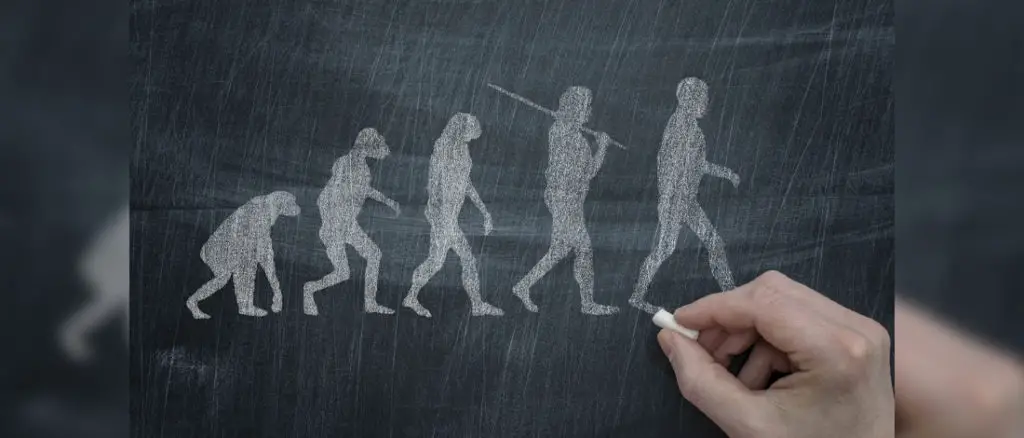Natural Selection is a proven mechanism of evolution. But, the question is, how could natural selection lead to evolution?
Let’s get straight to the facts and know the concept behind evolution by natural selection.
Contents
- How Does Natural Selection Lead To Evolution?
- Natural Selection Defined
- How It Works
- Adaptive Evolution & Natural Selection
- What's Adaptation?
- How Animals Become "Fit"?
- Finches According To Darwin
- What Makes "Survival of the Fittest" Misleading?
- What's Lamarckism Theory?
- Do We Still Evolve Today?
- FAQs
- So, How Does Natural Lead To Evolution?
How Does Natural Selection Lead To Evolution?
Evolution refers to the changes in the inherited characteristics of organisms over time through selection acts, resulting in the development of different species. In natural selection, living organisms that can adapt more to their surrounding will have more chance for greater survival and produce more offspring.
Therefore, this variant organism’s advantageous allele frequencies and genetic material are passed on to offspring. And over many generations, the selection process leads to evolution taking place.
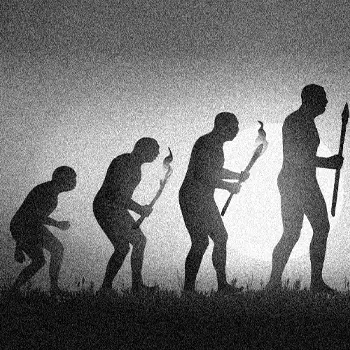
Natural Selection Defined
Natural selection results when a population has a wide variety of individuals with different traits. For instance, selection would not influence a dog’s body color if all life in a population had exactly the same color.
But genetic variation is only possible when the mutation occurs, and sexual reproduction takes place. Moreover, when environmental selective pressures favor certain traits that are passed on to offspring, then that’s when natural selection occurs.
How It Works
Selection involves passing on beneficial gene mutations and the DNA sequence or genetic material to new alleles.
For example, in giraffes, the development of long necks has allowed them to feed on areas that other animals can’t reach.
This benefit has allowed them to reproduce and pass on their genes to their offspring.
However, if we were to measure giraffes’ necks, they are all slightly different from one another – and those differences were influenced by their particular trait or gene.
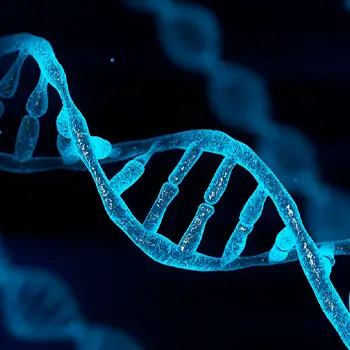
Giraffes with beneficial genes may leave proportionally more offspring because they ate better or have been better at finding mates because they are stronger. This mutation process will pass on from one generation to another.
Adaptive Evolution & Natural Selection
Natural selection [1] only acts on the heritable traits of a population. It incorporates selecting beneficial alleles, increasing their frequency within the population while selecting against deleterious alleles, and decreasing their frequency – also known as adaptive evolution.
Although it does not affect the individual alleles, it does affect the entire population. For instance, if a person has a beneficial genotype that increases its ability for reproduction and carries an allele that can lead to a fatal disease, that same genotype will not be passed to the next generation.
What's Adaptation?
Adaptation is a behavior or physical trait helping an organism population adapt and survive in its habitat. However, not all animal traits are adaptations.
In fact, adaptations for one purpose can opt for another. For example, feathers were adaptations of thermoregulation, and their use for flight came later – meaning that feathers are a structure of flight rather than an adaptation.
Contrary to popular belief, the selection is not the sole cause of evolution. Other factors can contribute to species change, such as neutral mutations, gene flow, and genetic drift.
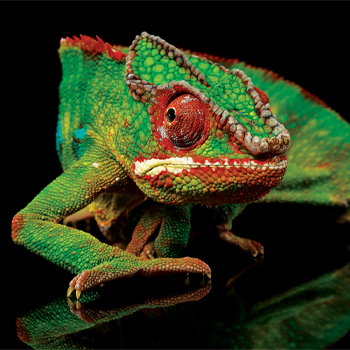
How Animals Become "Fit"?
Animals adapt to their environment. The way they behave, their look, how they are built, or their way of life makes them ‘fit’ for survival and reproductive success.
Natural selection has to happen for animals to become ‘fit’ for their environment. Once the animals have become well-adapted, they can potentially live for a long time and have more chances for reproduction and mutation. But, if the environment doesn’t change, then the animals will most likely become extinct.
Finches According To Darwin
Charles Darwin collected various animal specimens during his voyage to the HMS (Her Majesty’s Ship) Beagle in the 1830s.
Among his most prized possessions were the finches from the Galapagos Islands, which is, until today, a scientific interest.
In fact, the study of Daphne Major, a volcanic island within the Galápagos Islands in South America, started in 1972.
It found that the size and shape of the beaks of two different finch population species have changed due to natural selection, as other finches have larger beaks than the others.

So, Darwin believed that evolution by natural selection only happened over a long time and that new species could only evolve for a limited time. However, it has been shown that some can evolve in a lifetime.
What Makes "Survival of the Fittest" Misleading?
In terms of evolutionary biology, fitness has a different meaning. According to Darwinian Fitness, it is the ability of individual organisms to thrive and reproduce.
Although strength is not the sole factor determining an individual’s fitness, it does play a role in how well they can reproduce. For instance, if an individual’s health is poor, their chances of surviving and reproducing are reduced.
The more successful an individual has been in sexual reproduction, the greater their fitness. Aside from beneficial traits, various factors such as one’s health can also affect the chance to survive and multiply.
Related Posts:
What's Lamarckism Theory?
Lamarckism suggests that animals acquire adaptive traits based on their use and disuse during their lives, and it does not involve hard-coded genetic changes.
According to Lamarckism, for example, giraffes stretch their necks to make them longer.
These efforts will affect the new generations to have longer necks, which fuels the concept behind this idea.
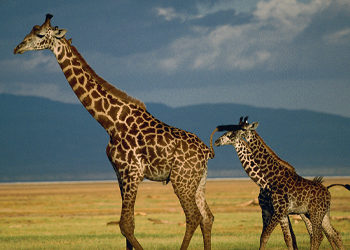
Do We Still Evolve Today?
Yes. Evolution by natural selection aligns with the idea that the world is constantly evolving. This constant change allows living things to evolve and adapt to survive. The population could either be sufficiently developed to multiply, or they could be sub-optimal. This means that it could potentially go extinct. Unfortunately, it is impossible to predict the exact effects of selection due to the unstable environment.
If an organism can successfully adapt to its environment, it will continue to function. However, as the environment changes, its usefulness may no longer be applicable. This is why evolution needs to keep pace with the planet’s rapid changes.
FAQs
Evolution by natural selection has five components – variation, inheritance, selection, time, and adaptation, abbreviated as VISTA. These components contribute to the changes in populations over time.
Evolution is a process that occurs when an organism changes its characteristics over time, and it relies on the presence of genetic variation. An individual’s physical trait is influenced by genetic variation in a population.
So, How Does Natural Lead To Evolution?
Evolution by natural selection occurs in organisms that are an excellent fit for their environment. Natural selection acts on populations. In genetic evolutionary terms, individuals do not evolve. Individuals may mutate, but selection works by changing the traits of entire populations.
Evolution by natural selection is a broad topic, and it requires thorough research to understand the whole concept. Hopefully, this article clarifies your confusion regarding how life starts and how natural selection impacts gene mutation and development.
Thank you for reading this far! I hope that the information provided in this article will be helpful to you.
Reference:
- https://www.nhm.ac.uk/discover/what-is-natural-selection.html
- 8 Best Books On Evolution (2023 Updated) - May 16, 2022
- How Could Natural Selection Lead To Evolution? (2023) - May 16, 2022
- How Do Fossils Provide Evidence For Evolution? (2023) - May 16, 2022

